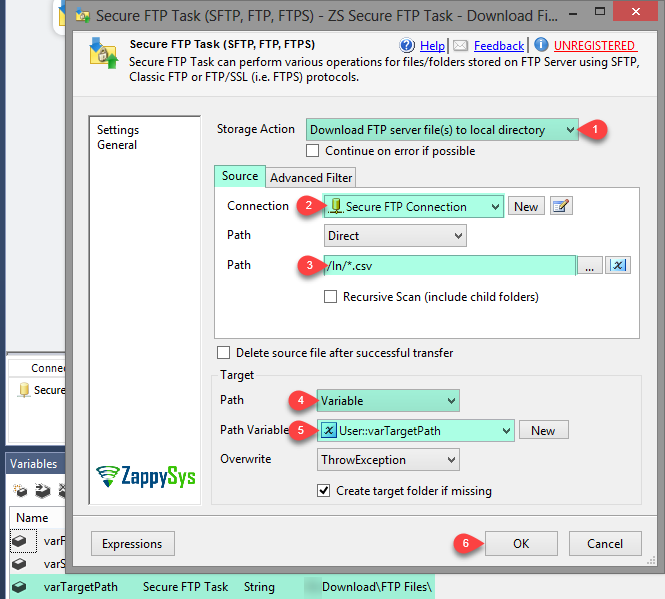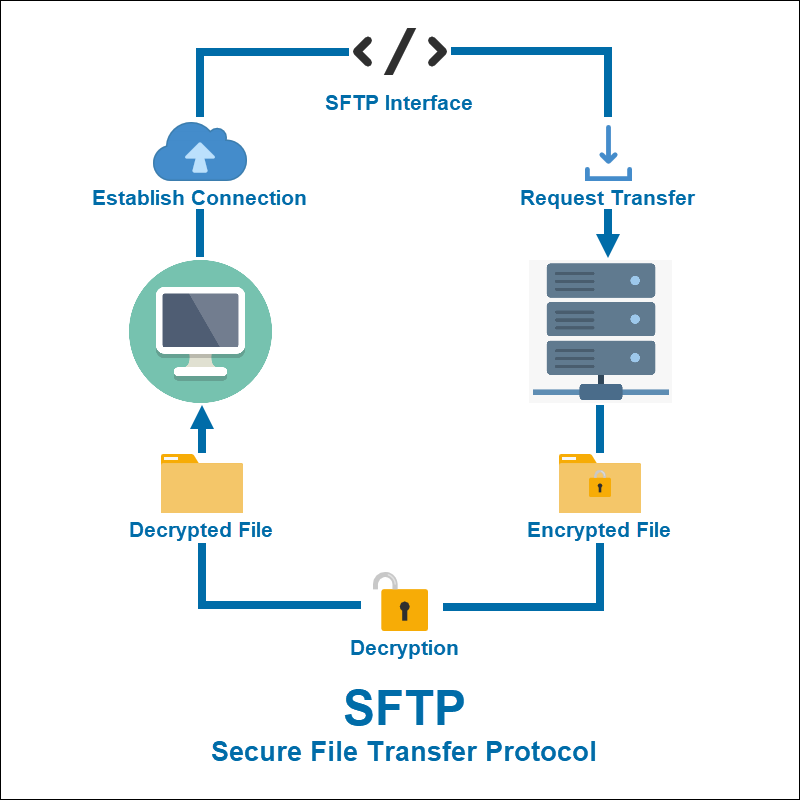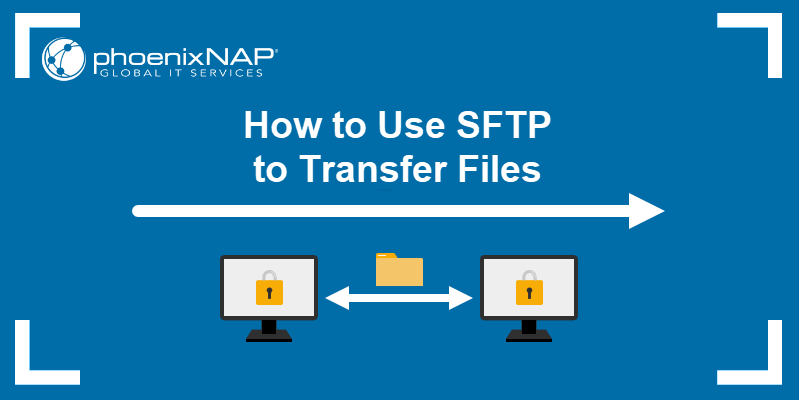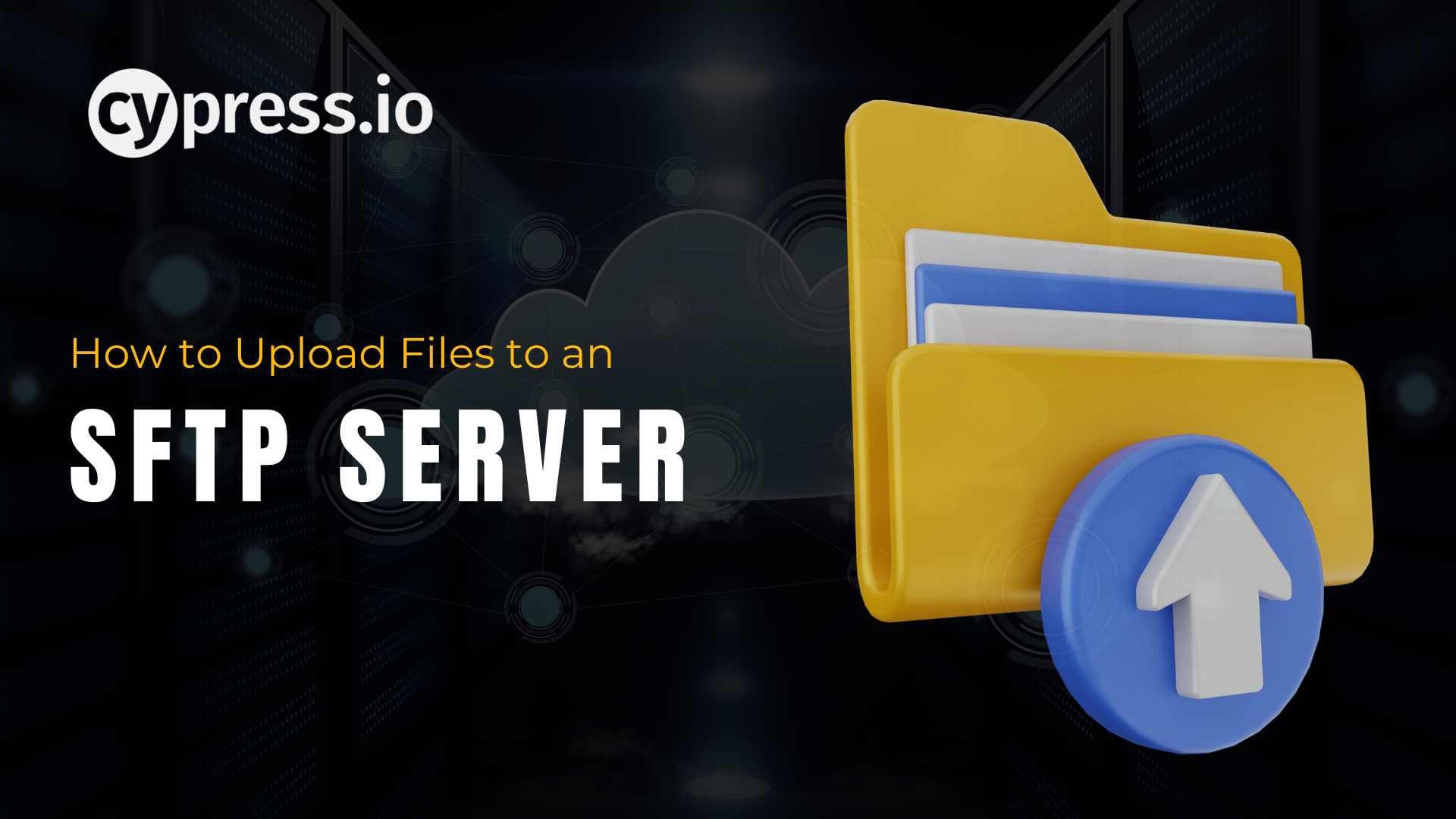Imagine you're a digital postman, responsible for delivering precious data parcels. Only, instead of a trusty bicycle and a satchel, you have SSIS, and your destination is a mysterious SFTP server.
The SSIS Stagecoach
First, we’ll hitch our virtual stagecoach, SSIS, to a trusty Script Task. Think of it as loading up the carriage with the message we want to deliver.
We create a new Script Task. This is where our data-wrangling magic will happen.
Preparing the Payload
Inside the script, we need to gather our digital documents – the files we're sending. We'll use some code magic to get the path to the file we want to upload.
Now, for the exciting part: actually sending the file! We will write code to connect to the SFTP server.
It's like dialing a secret number, complete with a username and password. We are basically saying "Open Sesame" to the server, hoping it recognizes us.
The Great Escape (of the File!)
With the doors (connection) open, we carefully place the file into the SFTP server's hands. Think of it like sliding a birthday card under the door, hoping it lands safely inside.
We use the SFTP protocol to send the file. It’s like a digital conveyor belt, whisking our data away to its new home.
Once the file is safely delivered, we politely say goodbye and close the connection. A good digital postman never overstays their welcome.
The "Connection Manager" Compass
We’ll use an SFTP Connection Manager to handle the connection details. It's our digital compass, ensuring we head in the right direction.
This nifty tool stores the server address, username, and password. It saves us from typing them out every time!
It's like having a saved contact in your phone – quick and easy.
Testing the Waters
Always test your connection! Click the "Test Connection" button. If it says "Success," we're golden!
If it fails, double-check the server address, username, and password. Typos are the gremlins of the digital world.
Error Handling (Because Murphy Loves Data)
What happens if the server is down? Or the password is wrong?
We need to add some error handling. It’s like having a backup plan in case the digital bicycle gets a flat tire.
Use SSIS’s built-in error handling capabilities. Catch the errors, log them, and maybe even send an email to let someone know something went wrong. It's about being responsible data stewards.
Celebrating the Victory (or Commiserating the Defeat)
If everything works, celebrate! You've successfully delivered your data parcel to its destination. Time for a virtual high-five!
If it doesn't, don't despair. Debugging is part of the process. Even the best digital postmen have their bad days.
And that's how you can use SSIS to upload files to an SFTP server, all while imagining yourself as a diligent, data-delivering postman.


























